5 Communication Styles & How to Improve Yours
Discover more about the five communication styles and how you can improve yours to work better as a team.
How team members work together can make or break the success of any project or strategy.
As a manager, it’s up to you to nurture a strong and cohesive team that achieves goals, has thoughtful conversations, and easily adapts its communication styles to collaborate effectively.
There are five core communication styles managers need to pick up on and know how to use to the team’s advantage.
- What are communication styles?
- 5 communication styles
- The effects of your communication style
- How to improve your communication with Fellow
What are communication styles?
Communication styles are the ways individuals share and interpret information, ideas, thoughts, and feelings with one another. Understanding the communication styles of those you work with can help you navigate social interactions and work conversations while actively avoiding confusion and misunderstandings.
Managers and leaders should remember that a lot goes into communication styles, including personal experiences, personality traits, the context surrounding the conversation, and elements like body language and facial expressions.

Run more efficient meetings by streamlining communication to get work done faster
Build great meeting habits through collaborative meeting agendas, easy-to-assign action items, and time-saving meeting templates to make communication with team members easier than ever. Try Fellow today!
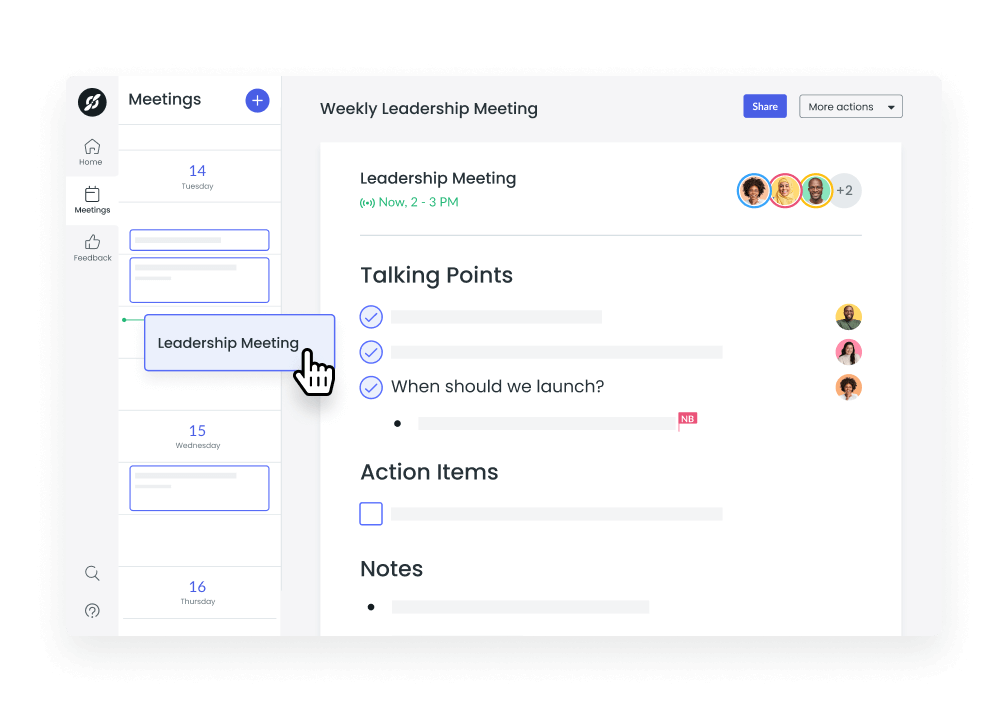
5 communication styles
Managers and leaders need to understand the five different communication styles so they can help their team move through social interactions more effectively, avoid misunderstandings, and work more productively with one another.
The five most common styles are:
1Passive
A passive communication style is when someone avoids expressing their thoughts and needs with others directly. It can also look like prioritizing the opinions and feelings of others over their own so that their needs go unfulfilled, which can lead to resentment.
Some signs of a passive communication style are:
- Not making eye contact
- Having poor posture
- Speaking in a soft voice
- Fidgeting or being unable to sit still
- Having an easy-going attitude
- Being unable to say no
Those who identify as passive communicators find opportunities where they’re the most comfortable speaking up. If group settings make you feel uneasy, take advantage of personal meetings or one-on-ones to work on expressing your thoughts. Similarly, if writing is your preferred style, consider writing an email or a direct message to a team member instead of having a conference call.
2Aggressive
There’s also an aggressive communication style, which is when an individual expresses their needs and thoughts in a dominating way. When someone has an aggressive communication style, they often don’t consider the thoughts or feelings of other team members, interrupt others while they’re speaking, or use language that leads to conflict.
Some signs of an aggressive communication style are:
- Invading the personal space of others
- Maintaining eye contact that’s too intense
- Using aggressive gestures or facial expressions
- Having an overbearing posture
If you resonate with an aggressive communication style, forming strong relationships with team members can be difficult. Do your best to find scenarios where you can stay calm and assertive while keeping conversations professional by directing talk away from personal issues or emotions. Knowing when to walk away from a discussion before leaning into aggressive behaviors is also crucial.
3Passive-aggressive
Next is passive-aggressive, which is when an individual expresses their negative thoughts or feelings in an indirect way. When speaking to a passive-aggressive communicator, they may express themselves subtly through sarcasm, facial expressions, backhanded compliments or comments, or by withholding information from others.
Other signs of a passive-aggressive communication style are:
- Muttering under their breath
- Speaking with sarcastic undertones
- Putting on a happy face when they’re upset or angry
- Giving the silent treatment or ignoring others
Those experiencing passive-aggressive communication should find ways to communicate their needs and thoughts more openly. Finding clear lines of communication so you feel heard can help address these tendencies and minimize how often they occur in the future.
4Assertive
Those who communicate through an assertive style can express their opinions, thoughts, and needs respectfully, confidently, and clearly while still understanding the views and opinions of others they work with. They can stand up for themselves without being domineering or aggressive and they consider what others have to say.
Other signs of an assertive communication style are:
- Having a clear voice
- Having good posture
- Maintaining friendly eye-contact
- Sharing tendencies and being collaborative
- Using expansive gestures
- Being able to express ideas and feelings in a healthy way
This communication system is healthy and productive. Those looking to harbor more traits of an assertive communicator should start to express needs and ideas with confidence using “I” statements such as, “I feel as though you interrupted me during the team meeting and undermined my experience working on this project,” for example.
It’s also a good idea to practice emotional intelligence and be more open to feedback from others.
5Manipulative
Finally, there’s the manipulative communication style. This is another ineffective way to communicate with others because those with this style will do whatever it takes to gain a personal advantage—no matter the circumstance. They often have an underlying motive when speaking and try to influence or sway others to see their benefit or perspective.
Some signs of a manipulative communication style are:
- Being cunning or controlling
- Playing the victim
- Gaslighting
- Being deceptive
- Using flattery
- Promising future favors
Those who recognize this behavior at work within themselves and who want to make changes should consider practicing self-awareness, active listening, having open communication with others, practicing patience, and respecting the boundaries of others.
The effects of your communication style
Communication styles play a pivotal role in how information is conveyed in a conversation. The most common effects are:
Functional
First up is the functional effect, which typically involves walking through decisions and projects step-by-step and outlining each one thoroughly. There’s a focus here on being detail oriented, being trusted to run comprehensive projects, and being helpful when it comes to determining the best outcome for success.
The functional effect is also tied to team members wanting to know all the details of a project before rolling up their sleeves and diving in.
Personal
The personal effect prefers emotional language and emphasizes human connection. Those experiencing this effect like to know how their team members feel about decisions when discussing ideas.
One of the benefits of this communication effect is it’s easy to build a solid rapport with team members. With this approach, a downside to consider is that it may be too emotional for other communicators.
Intuitive
There’s also the intuitive effect, which focuses on the big picture. There’s not much thought into the nitty-gritty or every last detail of a project or new initiative, but those experiencing this effect care a lot about the general overview of an idea.
There’s also an emphasis on quickly seeing the broad picture and easily coming to the correct conclusion, often providing thoughtful insights on how best to complete a project. One of the positive elements of the intuitive effect is that it can be associated with understanding ideas fast and are ready to find actionable and sometimes outside-the-box solutions.
Analytical
Finally, there’s the analytical effect, which is considered the opposite of personal. This effect focuses on data, facts, and complex numbers. Because there’s a preference for quantifiable information, it’s always best to use real facts and figures in a conversation, such as, “our website traffic is up 37% year-over-year” instead of simply saying, “traffic is so much higher this year compared to last!”
The analytical effect is also when conversations are approached and discussed logically, without emotions or feelings getting in the way.
How to improve your communication with Fellow
No matter the varying communication styles you may have on your team, using a tool like Fellow can help improve communication in meetings when working on projects and even in simple and straightforward day-to-day conversations.
- Collaborative meeting agendas: Improve communication with collaborative meeting agendas that encourage team members to contribute to the meeting, ensuring all essential topics are covered and empowering every participant to have a meaningful voice.
- Efficient meeting templates: Allow your team to focus on meaningful discussions by simplifying the process of agenda creation and ensuring consistency in meeting structures with Fellow’s 500+ meeting templates.
- Streamlined action items: Engage in clear communication and minimize the risk of crucial tasks slipping through the cracks by documenting, assigning, and tracking meeting action items.
Fellow is the best tool for fostering a culture of effective communication that enhances productivity and success across all aspects of your team’s endeavors. Whether you’re managing projects, conducting meetings, or engaging in everyday conversations, Fellow is the catalyst for improved communication that your team needs.
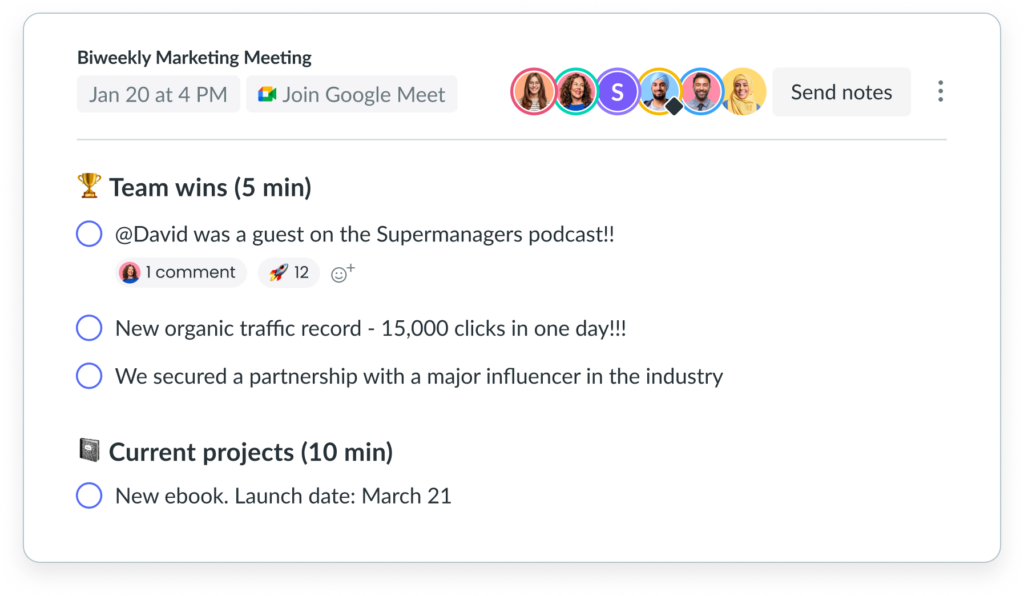
Say what you mean, mean what you say
A lot goes into communication style—and so much of it varies. One person won’t be one style 100% of the time, so it’s crucial for managers to understand the ins and outs of communication systems and the best way to work with each. It’s also common for people to switch between styles depending on the situation or conversation.
No matter how many different communication styles are on your team, you can get everyone on the same page when armed with a tool like Fellow.







![Asynchronous Communication Best Practices [+ Free Templates]](https://fellow.app/wp-content/uploads/2022/08/Asynchronous-Communication-2.jpg)


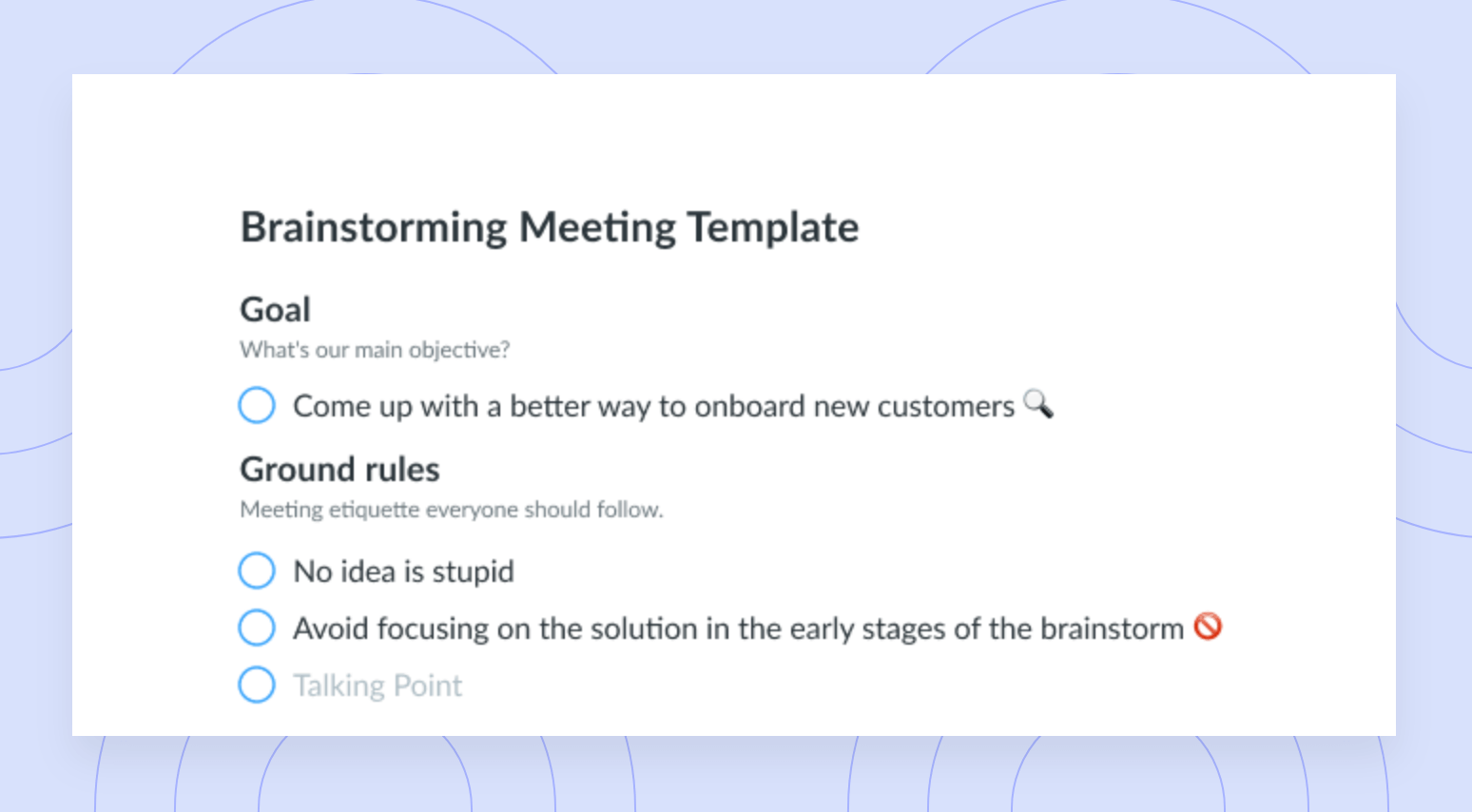

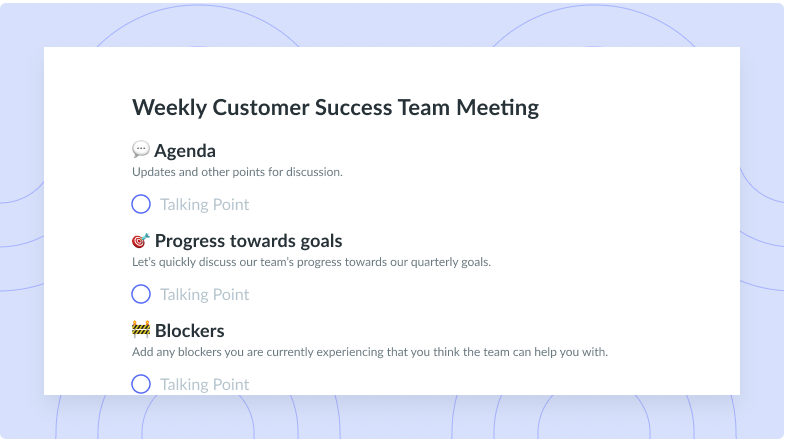

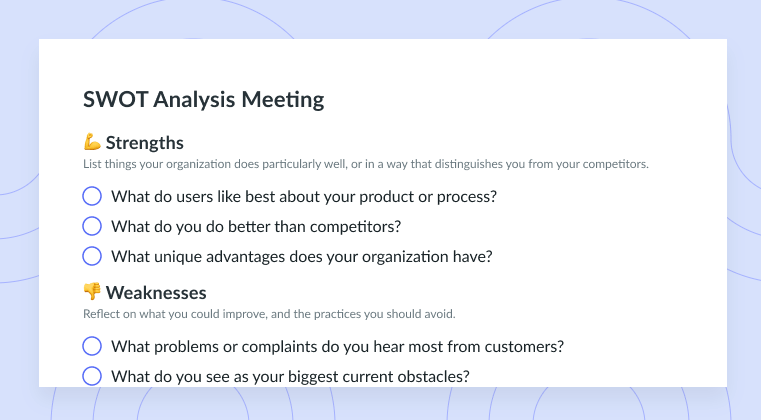

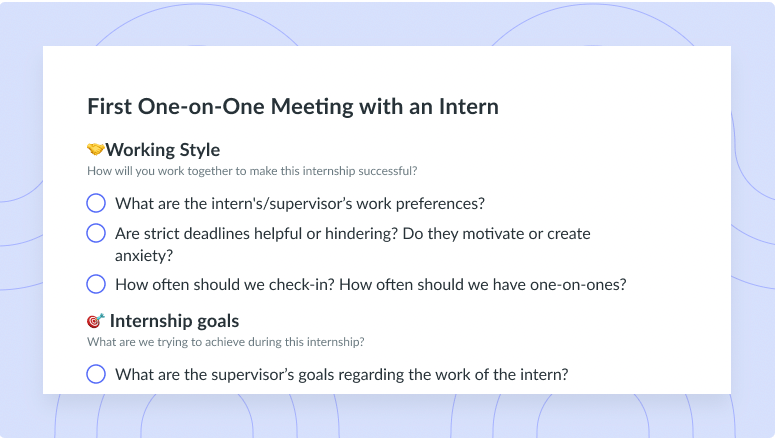
![What? So What? Now What? [Reflection Meeting] Template](https://fellow.app/wp-content/uploads/2021/08/What-So-What-Now-what-preview-v2.png)










